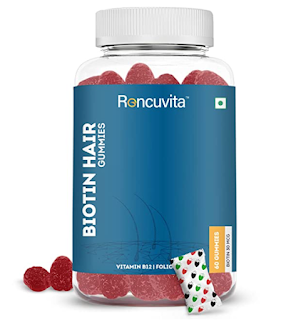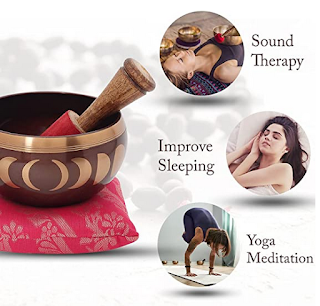What knife do Japanese chefs use?
Best kitchen blades and how to get them, most authorities on the matter would agree
As you're cooking more at home, redesigning your blades may be at the forefront of your thoughts. We asked cookbook writers and culinary specialists about tracking down the best one for your kitchen. In spite of enormous, appealing blade block sets available, really updating your cooking knife game is less with regards to amount and more with regards to quality. Ask any culinary expert and they will probably have a similar guidance: A couple of value blades are on the whole any gourmet specialist needs to more than cover their bases in the kitchen. "Blades are a culinary specialist's dearest companion and the most fundamental instrument in each kitchen.
The most effective method to look for fundamental blades
There are endless blade alternatives in each value highlight consider, just as larger than usual sets with gaudy parts, so how would you decide the best venture for your requirements? We counseled cooks on this very point — they encouraged giving specific chef knife consideration to the blades' material and weight, just as how you intend to utilize and what you desire to spend on it.
The right blade material
Quality blades regularly come in one of three distinct materials:
High carbon steel
Hardened steel
A composite of both
"High carbon steel holds a sharp knife edge yet will rust and pit if not dealt with, hardened steel doesn't hold an edge too however is simpler to really focus on, and a composite has the smartest possible solution in solidness and simplicity of care
How blades are assembled
Contingent upon the kind of blade you purchase, the cutting edge can be developed in one of two different ways: either as one piece of steel, reaching out from the sharp's edge and through the handle, or it tends to be stepped.
A manufactured blade is framed from a solitary bar of steel, which is warmed and afterward beat into shape — it's regularly heavier, Prescott notes.
A stepped blade is involved a sharp edge and a handle, the previous cut out of a huge piece of steel, sharpened, heat-treated for sturdiness and appended to the last mentioned. These blades will in general be more affordable and not however solid as those that may be manufactured.
How solid blades can get
How solid a blade is relies upon both the cutting edge's material and development. "Hand fashioned blades will in general be more Japanese knife grounded as a result of the manner in which they are heat-treated. More affordable blades seldom go through this interaction," says Proto. "These blades are not as normal and are more costly on the grounds that they will in general be produced using better quality metal, just as made the hard way." There are two sorts of steel regularly utilized in blades:
Carbon steel is generally a lot harder steel. "It likewise can keep a more keen edge longer," says McFarland. "Be that as it may, it is inclined to rust if not focused on as expected."
Treated steel's edge is simpler to hone since it isn't as hard. That likewise implies that the edge dulls quicker. It's additionally simpler to really focus on and less inclined to rust, as indicated by McFarland.
"I generally use blades made with high carbon steel. There's generally a checking on the sharp edge that demonstrates this," he says. "High carbon steel chef knife might be somewhat more costly yet it will be a lot more keen and more secure blade. It will endure any longer and you can get brands that don't cost you dearly."




Comments
Post a Comment